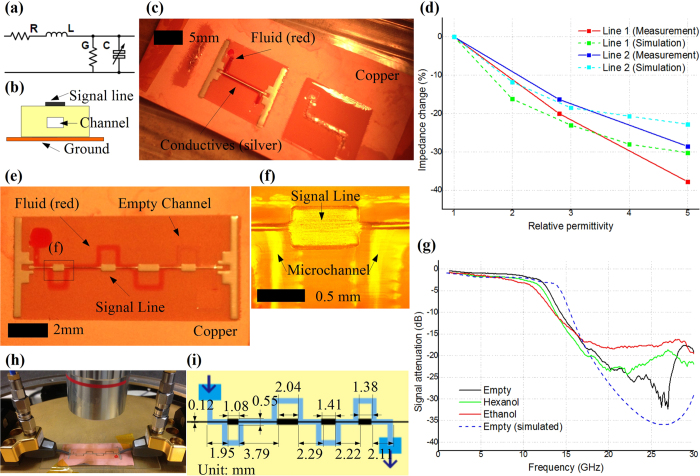Figure 7. Fully inkjet-printed microfluidics sensors.
(a) The equivalent circuit of the proposed fully inkjet-printed liquid-reconfigurable microstrip line. The variable capacitance stems from the varying permittivity of the liquid inside the microfluidics channel. (b) A sketch of the cross-section view of the liquid-reconfigurable microstrip line. (c) A photo of the proposed fully inkjet-printed liquid-reconfigurable microstrip line prototype. (d) Impedance vs. “liquid” permittivity relationship (simulated and measured) for the two fully inkjet-printed liquid-reconfigurable microstrip line prototypes in Table 1, effectively defining the sensor sensitivity. (e) A photo of the fully inkjet-printed low-pass filter-based microfluidics sensor prototype. (f) Enlarged under-telescope view of the zone within the rectangle in (e). (g) Measured signal attenuation when different fluids are fed to the channel as well as for an empty channel along with the simulated attenuation for an empty channel. (h) A photo of measuring the sensor with a probe station. A red-dyed water drop was deposited to the inlet of the channel to fill the channel through the capillary effect. Two ground-signal-ground (GSG) probes were in contact with the sensor prototype and were connected to a VNA via SubMiniature version A (SMA) cables. (i) A schematic of the topology of the low-pass filter-based microfluidics sensor along with dimensions.

